09
April
Week in Review
- If you recall the 2 yr old who had a blade of grass stuck I his throat last week, you’ll be surprised to know that he was admitted several days after our meeting for allegedly ingestion Clopidogril ( an anti-platelet medication that can cause bleeding). But you”ll be happy to know that he finally swallowed the grass without needing the ENT referral.
- The x-ray machine was malfunctioning for several days in Annotto Bay, so we really had to put our clinical skills to the test.
- The team at Annotto Bay were able to facilitate a transfer for a newborn term infant to Bustamante Children’s Hospital in Kingston within hours of birth because of impending respiratory failure. The new intern had a look of fear on her face as they left. Our words of advice: you can use bag mask ventilation till the cows come home. Unfortunately the baby passed soon after arrival.
- The interesting cases for the week go to a 7 month of female at Annotto Bay hospital who was admitted for failure to thrive and dehydration. She has multiple abnormal electrolytes along with pneumonia. At this time the working differentials were Cystic Fibrosis and Bartter’s Syndrome. With hydration she improves clinically but continues have abnormal labs. A nephrologist in Kingston has been consulted to evaluate her. The second case is a 14 yr ol female at Port Maria hospital who had significant right arm pain, limited range of motion at the elbow and severe point tenderness at the joint. Our concern at the time was fracture, septic joint, or osteomyelitis yet there was no history of recent trauma, fever, or joint swelling. An xray of the right elbow had what appears to be an intraossessous bone cyst/abscess. Orthopedics were consulted from the next parish in St. Ann but the patient will have to wait until next week to be seen.
- We have noticed over the course of the month that many newborn infants whether in the A&E or Clinic have a red ribbon or band on their wrist. When asked “what is this for” to the mothers, the common response is “Me nah kno, fi him/her grandmada did put ti pon deh”. After a quick google search we found that this is a Jamaican custom to place the red tie/band on the hand or foot to ward off evil spirits.
-

- thank you Diane Pollard of the Issa Trust Foundation for assisting use prior to and during our ration. The hotel staff have treated use like family and we truly appreciate all the accommodations made on our behalf.
- Thank you to all the medical and hospital staff at Port Maria Hospital, Annotto Bay Hospital and Port Antonio Hospital.
- Thank you to the hospital administrators, Dr Sloley, Dr. Hayden-Peart and Ms Nunez of Port Maria, Drs. Ramos , Ravi, and Wilson of Annotto Bay, and Mr. Campbell and Dr. Levwok of Port Antonio. All these people have helped us and taught us many lessons for which we are grateful. These service that these people provide to the country of Jamaica s greatly appreciated. Keep trying to change to world.
- Thank you to all our drivers who got us to and from work safely. Special shout out to Mr. Munsie, Mr. Forbes, and Mr Steve.
If you are a pediatric reside or attending looking to stretch your skills and make a difference please seek out the Issa Trust Foundation. You won’t regret it.
All the Best,
Roxanne and Nicole.












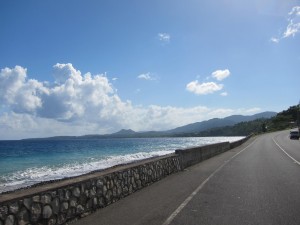
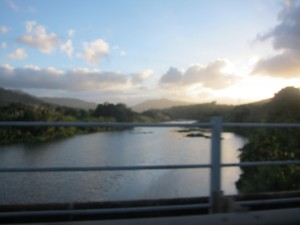

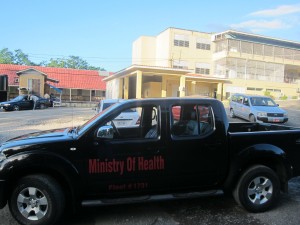
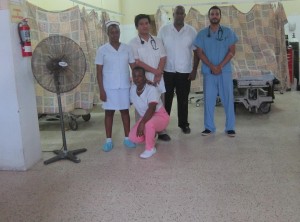
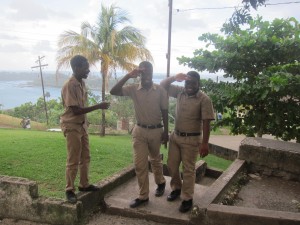




Connect With Us